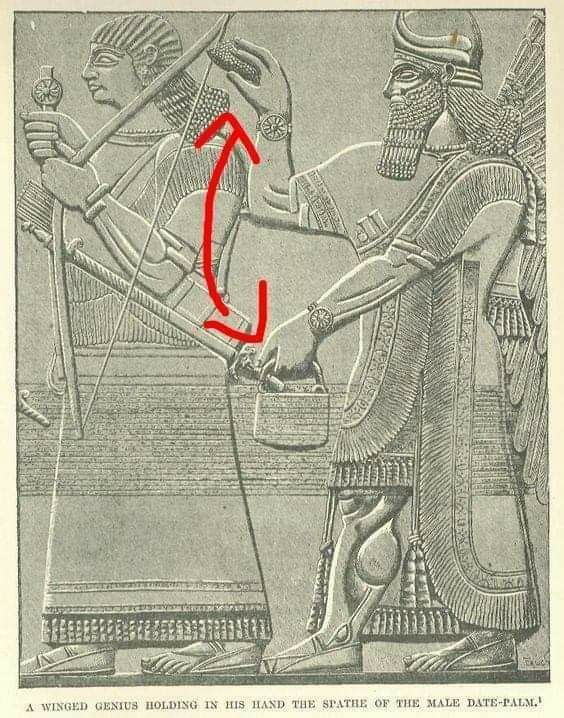The question of how aliens might choose to reveal themselves to humanity is a topic that fuels the imagination and speculation of scientists, enthusiasts, and science fiction aficionados alike. While the notion remains purely speculative, contemplating the potential forms in which extraterrestrial beings might choose to make contact sparks a myriad of intriguing possibilities.

One conceivable form of alien interaction could be through technologically advanced spacecraft descending from the cosmos, hovering above Earth’s skies. The visual spectacle of unidentified flying objects (UFOs) has been a staple in both scientific discussions and popular culture. The sudden appearance of extraterrestrial vessels could herald a momentous event, captivating the attention of people worldwide and prompting questions about their origin, purpose, and potential impact on our planet.

Alternatively, aliens might opt for a subtler approach, utilizing advanced communication methods to transmit signals or messages to Earth. The detection of anomalous radio signals, intricate mathematical patterns, or encoded messages embedded in natural phenomena could serve as subtle indicators of extraterrestrial intelligence attempting to make contact. The deciphering of such messages could become a global endeavor, uniting scientists and researchers in the pursuit of unraveling the mysteries conveyed by these cosmic missives.

Another speculative scenario involves extraterrestrial beings choosing to interact through a form of virtual or telepathic communication. This concept transcends the limitations of physical presence, allowing for direct mental exchanges of ideas, knowledge, and experiences. Such a mode of interaction might bypass language barriers and offer a more profound understanding between civilizations.

The possibility of aliens manifesting in a biological or humanoid form is a classic trope in science fiction. The idea of beings with recognizable features visiting Earth, whether resembling humans or exhibiting entirely unique physiologies, captivates the imagination. This form of contact could involve direct interaction, possibly through diplomatic missions or cultural exchanges, offering an opportunity for shared understanding and collaboration.
In the realm of artificial intelligence, some speculate that extraterrestrial beings might send sophisticated robotic emissaries as representatives. These robots could serve as intermediaries, exploring our environment, conducting research, and facilitating communication without the direct involvement of the extraterrestrial species.
While the forms in which aliens might appear remain speculative, the possibilities are as vast and diverse as the cosmos itself. The exploration of these scenarios invites contemplation about the potential nature of interstellar communication and the ways in which advanced civilizations might choose to make their presence known. Until such an event occurs, if it ever does, the question of how aliens might appear to meet us remains an intriguing puzzle, inviting us to consider the boundless mysteries that may unfold beyond our celestial boundaries.




